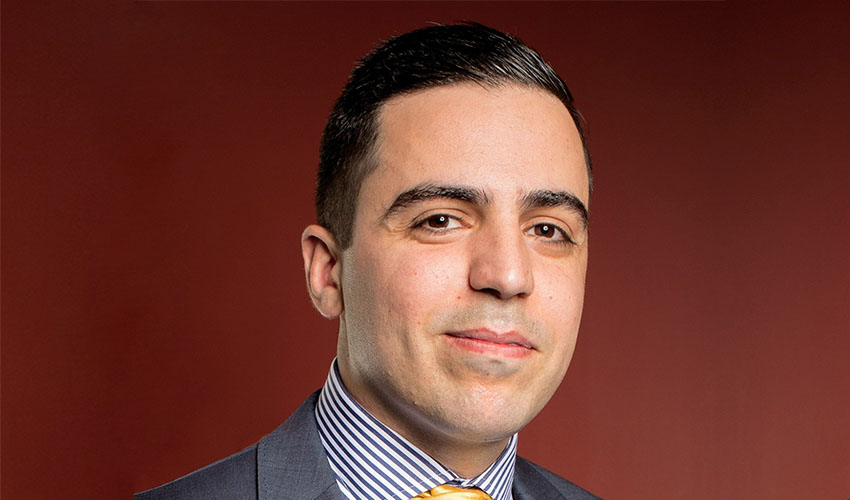Accidental withdrawals highlighted as red flag area for financials
SMSF professionals should be careful they are not incorrectly recording accidental withdrawals from the fund as trustee errors, as the ATO may apply penalties if it is picked up in an audit, warns a technical expert.
Speaking in a recent webinar, Hayes Knight director of SMSF services Ray Itaoui said that, in some cases, SMSF professionals are incorrectly classifying accidental withdrawals from the fund as a trustee error, and redepositing the funds, when it should really be treated as a withdrawal and re-contribution, and in some cases a contravention may need to be reported.
Mr Itaoui gave an example of a member who is 66, retired, with all benefits in pension phase. The member “accidentally” withdraws $50,000 and puts the money back into the fund three days later.
While many SMSF practitioners might say to simply treat this as an error in the accounts, Mr Itaoui said, in his opinion, this is incorrect.
“What I believe the correct response would be in this scenario is to treat it as a withdrawal and re-contribution,” he said.
“You can see that the member is 66, retired and has accidentally withdrawn $55,000. That could be a scenario where he has all his accounts with Commonwealth Bank, he logs on to his net banking and the super fund, family trust and personal accounts are all linked on there, and so he accidentally transfers money from the super fund instead of the family trust. He realises the mistake and puts the money back into the fund.”
Having a mistake based on a trustee error is not sufficient for the purposes of reversing the withdrawal from super, he said, so it would be classified as a withdrawal from the super fund.
“Due to his age and the fact they he hasn’t met the work test, he can’t put the money back in, and putting the money back in means that the amount is now a contribution to the fund,” he explained.
“As per TR 2010/1, a contribution is anything of value that increases the capital of a superannuation fund so this correction of the error becomes a contribution to the fund, which he can’t make as he hasn’t met the work test . SIS regulation 7.04 says that amount has to be refunded, and that creates multiple breaches and multiple considerations.”
Mr Itaoui said that, where SMSF practitioners come across this in practice, they should call their auditor.
“If you’re treating it as an error, I believe that’s incorrect and the ATO using their data matching will potentially pick up on this as well,” he cautioned.
“If the ATO was to come along and do an audit on the fund where this is simply recorded as an error, there could be mandatory penalties that apply for breaching the SIS regulations.”
He also noted that he believes that the law of restitution would not apply in this scenario.
“As I said before, the fund could not accept contributions and that creates a breach, and this may need to be picked up as a creditor in the accounts because it’s not an excess contribution, it is a disallowable contribution. If it was an excess contribution, the fund could potentially hold that amount and release it from the fund once the ATO gives the authority to release the excess contribution ,” he explained.
“It’s a breach because the fund was not allowed to accept contributions because the member hadn’t met the work test.”

Miranda Brownlee
Miranda Brownlee is the deputy editor of SMSF Adviser, which is the leading source of news, strategy and educational content for professionals working in the SMSF sector.
Since joining the team in 2014, Miranda has been responsible for breaking some of the biggest superannuation stories in Australia, and has reported extensively on technical strategy and legislative updates.
Miranda also has broad business and financial services reporting experience, having written for titles including Investor Daily, ifa and Accountants Daily.








